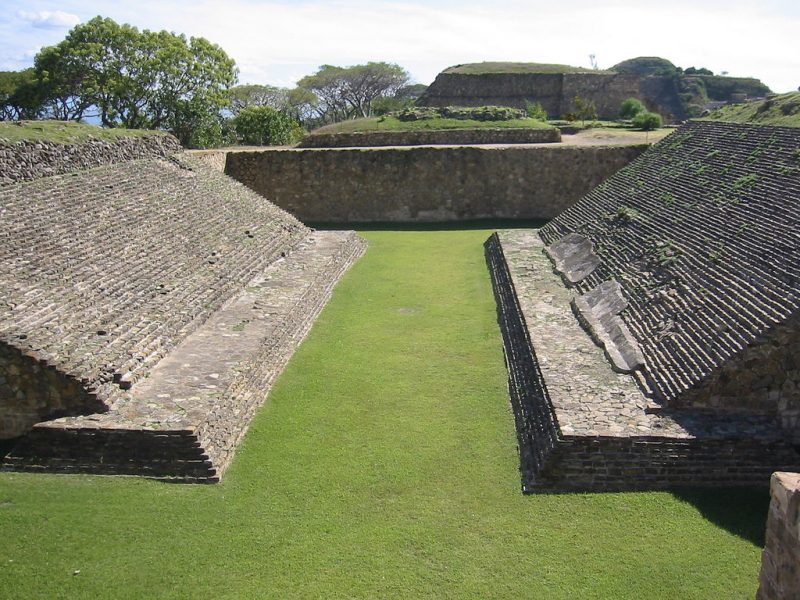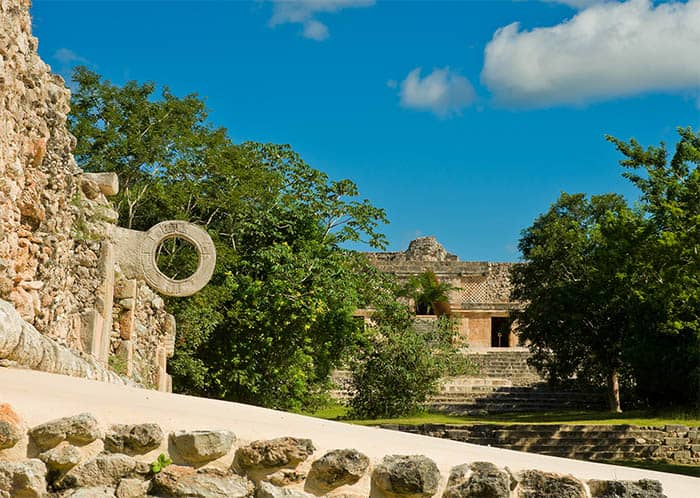Ball Courts
The Mesoamericans employed the ball courts, which were huge brick constructions, more than 2,700 years ago, mostly for playing traditional ball games. The ancient ball game was a variant of the high ball, which had its own laws and regulations as well as stringent guidelines for play.
For instance, each of the game's two opposing teams received a rubber ball that they had to pass through a tall ring. Therefore, none of the players were permitted to use their arms or legs.
A great example of a ball game in action is depicted in the DreamWorks film The Road to El Dorado.
The ball game's court had sloping slides that accommodated many spectators. In Tikal, the court had a triple court with L-shaped walls, whereas the sides of the court in Uxmal were vertical.
Archeologists believe these games were also spiritually orientated, continuing the idea that every structure in ancient times was a sacred temple and people there did nothing but pray and attend religious ceremonies.
The Maya constructed the courts in accordance with sacred nature, and participants began the game from the north and moved toward the south. The losing team had to offer specific sacrifices to the gods, keeping with the harsh mood of the time and the popularity of the game in Copan.












